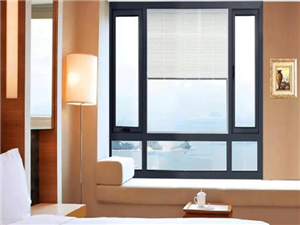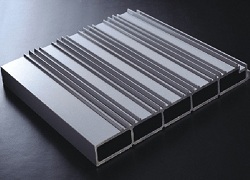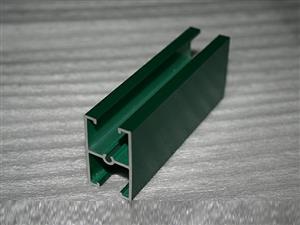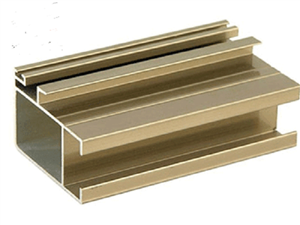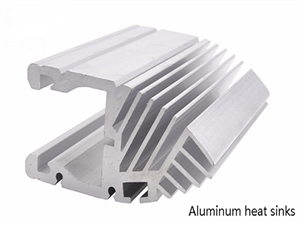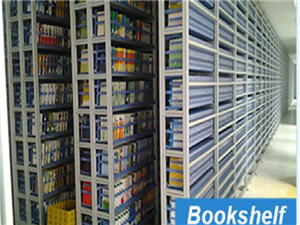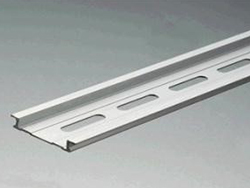contact us


Goldapple Aluminum Group
We provide customers with quality products and services.
If you would like to leave us a comment please go to
Contact Us

Aluminium track profiles are widely used in modern construction and decoration system. Therefore it is advisable to get to know more about the related industry, such as the solutions for aluminium track profiles.
Melting is the first process in the production of aluminum. The main processes are ingredients, which means calculating the number of various alloy components according to the specific alloy grades that need to be produced, and reasonably matching various raw materials; smelting, refers to another process in which the prepared raw materials are added to the melting furnace for melting according to the process requirements, and the impurities and gases in the melt are effectively removed by degassing and slag refining means; and finally casting, the molten aluminum liquid is cooled and cast into various round casting rods under a certain casting process condition through a deep well casting system.
Extrusion came when the production is completed, which is the means of profile forming. Firstly, the mold is designed and manufactured according to the section of the profile product, and the heated round cast rod is extruded from the mold by an extruder. The commonly used grade 6063 alloy is also subjected to an air-cooling quenching process and an artificial aging process after extrusion to complete the heat treatment strengthening. Different grades of heat treatable reinforced alloys have different heat treatment regimes. Then oxidation follows, the extruded aluminum alloy profile has a surface that is not corrosion resistant and must be surface treated by anodizing to increase the corrosion resistance, wear-resistance and appearance of the aluminum, requiring the processes as follows.

Surface pretreatment: The surface of the profile is cleaned by chemical or physical means to expose a pure matrix to facilitate the obtaining of a complete and dense artificial oxide film. It is also possible to obtain a specular or matt (matte) surface by mechanical means. Anodizing: After surface pretreatment, under certain process conditions, the surface of the substrate is anodized to form a dense, porous, strong adsorption Al2O3 film. Sealing: The pores of the porous oxide film formed by anodization are closed so that the oxide film is prevented from being contaminated, and the corrosion resistance and wear resistance are enhanced. The oxide film is colorless and transparent. By using the strong adsorption property of the oxide film before sealing, some metal salts are adsorbed and deposited in the pores of the film, so that the appearance of the profile can be expressed in many colors other than the natural color (silver white), such as black, bronze, gold, and stainless steel.
After various surface treatment processes, characteristics and properties of aluminum profiles vary from each other, which generally consist of abrasive fabric aluminum profiles, multi-tone surface treated aluminum profile, powder electrostatic spraying aluminum profiles, plasma-enhanced electrochemical surface ceramicized aluminum profile.
Lastly, the aluminum profile titanium plating process plays a part as well, which includes material selection, polishing, chemical degreasing, water rinse, activation, vacuum titanium plating process steps, and is characterized in that it further comprises pre-plating process and electroplating process.
